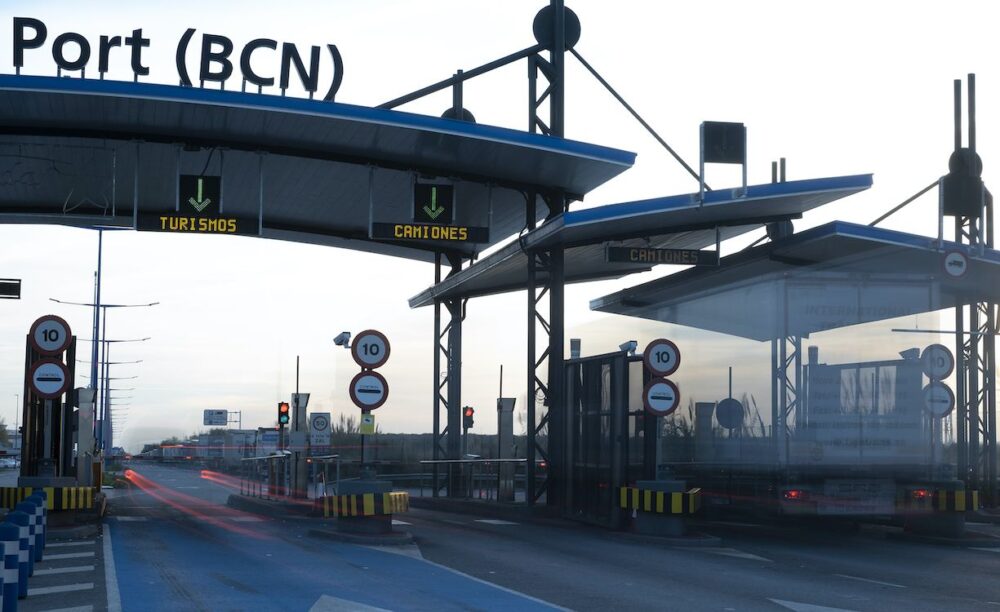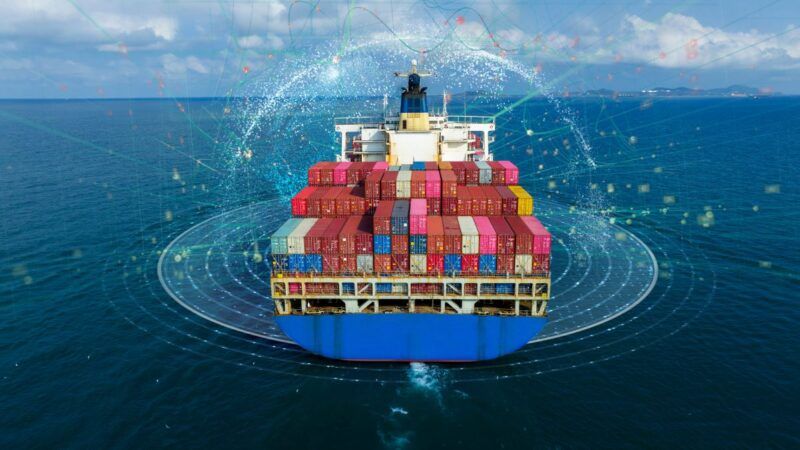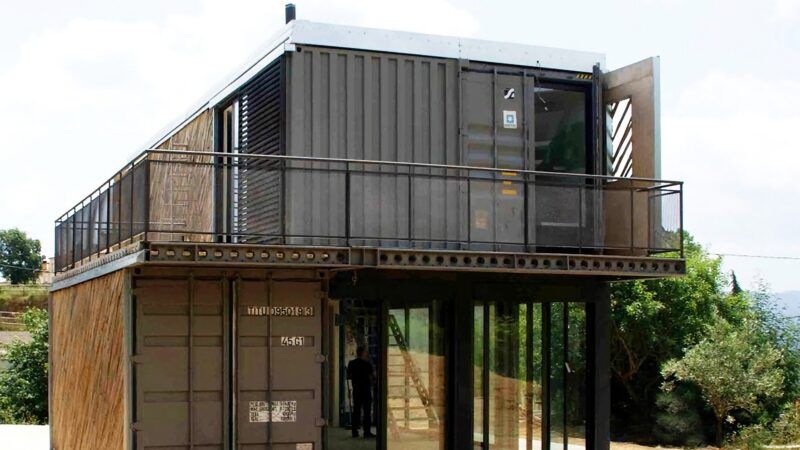Organize and predict
With this goal in mind, in 2016 the Port of Montreal launched Trucking PORTal, a smart interface that informs drivers and carriers about traffic volume in real time to access port terminals. It can be downloaded as a mobile application or viewed on the computer or tablet. In addition, the driver can create alerts for when the waiting time decreases, or view his or her history of entries and exits.
Trucking PORTal uses Google Analytics to analyze the areas where carriers move, how many access the application and at what times of the day. Thus, a series of metrics are obtained to justify the return on investment and the introduction of improvements based on users opinions. This data has led to the development of two new components, says Olivier. The first one is to offer a more comprehensive solution which includes freight train schedules, since they coincide with trucks in some strips and can complicate port logistics.
"The second, and more interesting one, is the use of artificial intelligence to create a series of algorithms that can predict port traffic 24 hours in advance, an express request from carriers," he continues.
Regarding the Port of Barcelona, a virtual doors system that digitizes customs procedures has been in place for a while. Following this direction, the port is also implementing two systems. The Access Time portal allows to check the average entry time to the container terminals once the truck has entered the port. "Currently, we are developing a project with T-Systems that goes one step further, as it will anticipate the volume of traffic two hours in advance," explains Quim Compte, Head of Port Operations and Freight of the Port of Barcelona.

The system combines artificial intelligence with cloud solutions from Amazon Web Services and video analytics technologies to observe the passage of trucks through different points of the enclosure. The information provided by the different cameras will automatically establish the time it takes the same truck to travel between different points. It also takes into account the time of the day and the port capacity.
"Another benefit is traceability because it allows us to minimize operational risks, eliminate the use of paper and link the work chain in a reliable and automated way," says Compte.
The second measure is Portic Trucker Voice Assistant, a mobile application developed by Portic that stands out for being, in the words of its director Javier Gallardo, “the only provider using a voice recognition system.” The carrier can directly ask the application what is the access time to the terminal or the operation status by providing the container or pin number.
"Our voice is the most powerful tool we have, so why not use it to interact with the system?", Gallardo asks.
 Before increasing capacity, it is necessary to optimize the infrastructure and control the demand. (Port of Barcelona)
Before increasing capacity, it is necessary to optimize the infrastructure and control the demand. (Port of Barcelona)
 Before increasing capacity, it is necessary to optimize the infrastructure and control the demand. (Port of Barcelona)
Before increasing capacity, it is necessary to optimize the infrastructure and control the demand. (Port of Barcelona)







